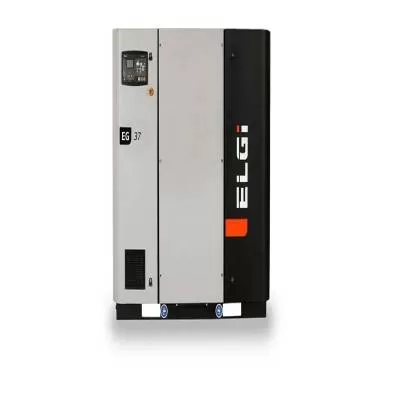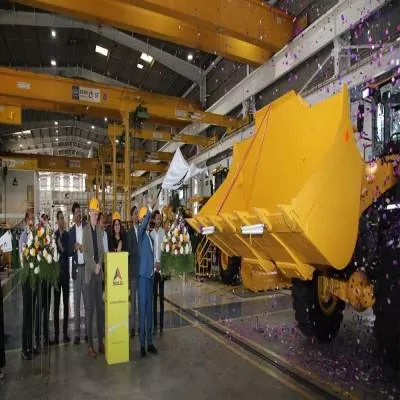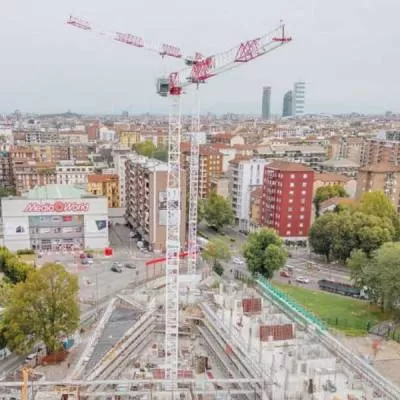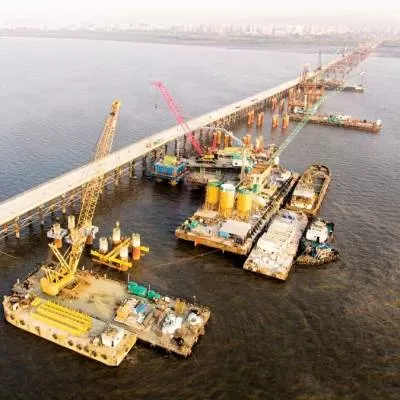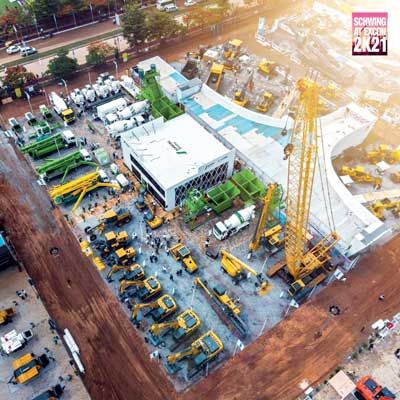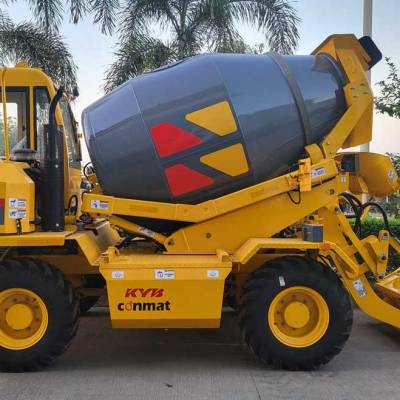Below the Surface...
In 1860, considering a population of 0.7 million, the water supply in Mumbai, as reported, was just 32 mld (million litres per day), sourced from the Vihar Lake. Eventually, this reached 2,950 mld for the city’s 13 million people, and water was augmented through schemes on six water sources: Vihar, Tulsi, Tansa, Modak Sagar, Upper Vaitarna and Bhatsa. Now, with the population expected to grow to 16 million by 2021, the Municipal Corporation of Greater Mumbai (MCGM) has devised a unique plan, which is expected to come fully on stream by 2031, to meet the city’s water demand.
The plan
MCGM has proposed to develop the Middle Vaitarna, Gargai and Pinjal water sources as per directives from the Maharashtra Government. The Middle Vaitarna project is underway and will yield 455 mld after completion while the Gargai and Pinjal sources will be commissioned by 2019 and yield 455 mld and 697 mld respectively. Thus, the total supply will increase by 1,607 mld to 5,275 mld as against the present 3,668 mld.
Part of this plan is an ambitious project to provide portable water coming from the Modak Sagar, Gargai and Pinjal sources. A 50:50 JV between Unity Infraprojects and IVRCL Infrastructures & Projects was awarded the Rs 1,145 crore contract from MCGM in October 2009 that involves the construction of a 8.3 km tunnel from Kapurbawdi to Bhandup complex. Nowadays, tenders are so large that it becomes difficult for a single company to qualify,” says KK Avarsekar, Chairman and Managing Director, Unity Infraprojects Ltd. “In 1969, tenders used to be Rs 50 lakh to Rs 1 crore maximum. Today, the minimum tender is Rs 500 crore to Rs 600 crore. Hence, a JV is required. But, we act as one company.”
Requirement chart
The inlet side of the tunnel which is from Kapurbawdi in Thane has a diameter of 11.8 m to reach a depth of 108 m; the outlet at Bhandup has a diameter of 11.8 m and depth of 125 m. “First the shaft will be constructed and the tunnel will follow,” informs Avarsekar. “For the shaft, we have maintained an upward slope because if this had to be straight, there would be a vast height difference. For instance, we have completed the Bhandup shaft. If made straight, there would be a height difference of 37 m which would make the shaft 162 m long, which would be very deep.”
Also, considering this is a water project, timely completion is of utmost importance. Hence, the company decided to put to use a tunnel boring machine (TBM) – the most unique feature of this project.
Mission 8.3
Being used for the first time in Mumbai, this TBM has the largest diameter of 6.25 m. “It is impossible to execute this work without this machine,” avers Avarsekar. As he explains, it is essential to use the TBM along with the GPS tunnel alignment system. The machine, imported from the US company Robbins, will work for about 500 m per month, which then gives a completion estimate of about 18 months. This is a smooth process without much disturbance to ground and underground utilities. If executed by old-fashioned methods of drilling and blasting, it would take over 60 months.
Now, when the TBM bores 15-20 m every day, a large amount of debris needs to be removed. “Previously, locos were used to collect the debris,” continues Avarsekar. “But this is a lengthy and slow process. Therefore, we invested about Rs 10 crore and incorporated a conveyor system.” This system goes along with the TBM; whatever waste is generated by the machine is transferred into the conveyor, which is further collected in dumpers.
Safety matters!
The underground RCC structured tunnel is earthquake-resistant and prohibits all possibilities of water theft, contamination and terrorist nuisance. RCC has been used because it has the capability to withstand massive water pressure at this depth, and enhance the life of the structure. Further, as Avarsekar confirms, facilities for safety like continuous oxygen supply, communication, lighting and ventilation have all been perfectly planned for smooth completion of the project.
At present, this project is 25 per cent complete. On completion it is slated to be one of the deepest raw drinking water tunnels in Asia. Come 2014 and all will be revealed!
While one of the deepest raw drinking water tunnels in Asia is being constructed between Kapurbawdi and Bhandup complex, Shriyal Sethumadhavan steps into the Unity Infraprojects’ office to learn more about the project.In 1860, considering a population of 0.7 million, the water supply in Mumbai, as reported, was just 32 mld (million litres per day), sourced from the Vihar Lake. Eventually, this reached 2,950 mld for the city’s 13 million people, and water was augmented through schemes on six water sources: Vihar, Tulsi, Tansa, Modak Sagar, Upper Vaitarna and Bhatsa. Now, with the population expected to grow to 16 million by 2021, the Municipal Corporation of Greater Mumbai (MCGM) has devised a unique plan, which is expected to come fully on stream by 2031, to meet the city’s water demand.The planMCGM has proposed to develop the Middle Vaitarna, Gargai and Pinjal water sources as per directives from the Maharashtra Government. The Middle Vaitarna project is underway and will yield 455 mld after completion while the Gargai and Pinjal sources will be commissioned by 2019 and yield 455 mld and 697 mld respectively. Thus, the total supply will increase by 1,607 mld to 5,275 mld as against the present 3,668 mld.Part of this plan is an ambitious project to provide portable water coming from the Modak Sagar, Gargai and Pinjal sources. A 50:50 JV between Unity Infraprojects and IVRCL Infrastructures & Projects was awarded the Rs 1,145 crore contract from MCGM in October 2009 that involves the construction of a 8.3 km tunnel from Kapurbawdi to Bhandup complex. Nowadays, tenders are so large that it becomes difficult for a single company to qualify,” says KK Avarsekar, Chairman and Managing Director, Unity Infraprojects Ltd. “In 1969, tenders used to be Rs 50 lakh to Rs 1 crore maximum. Today, the minimum tender is Rs 500 crore to Rs 600 crore. Hence, a JV is required. But, we act as one company.”Requirement chartThe inlet side of the tunnel which is from Kapurbawdi in Thane has a diameter of 11.8 m to reach a depth of 108 m; the outlet at Bhandup has a diameter of 11.8 m and depth of 125 m. “First the shaft will be constructed and the tunnel will follow,” informs Avarsekar. “For the shaft, we have maintained an upward slope because if this had to be straight, there would be a vast height difference. For instance, we have completed the Bhandup shaft. If made straight, there would be a height difference of 37 m which would make the shaft 162 m long, which would be very deep.”Also, considering this is a water project, timely completion is of utmost importance. Hence, the company decided to put to use a tunnel boring machine (TBM) – the most unique feature of this project.Mission 8.3Being used for the first time in Mumbai, this TBM has the largest diameter of 6.25 m. “It is impossible to execute this work without this machine,” avers Avarsekar. As he explains, it is essential to use the TBM along with the GPS tunnel alignment system. The machine, imported from the US company Robbins, will work for about 500 m per month, which then gives a completion estimate of about 18 months. This is a smooth process without much disturbance to ground and underground utilities. If executed by old-fashioned methods of drilling and blasting, it would take over 60 months.Now, when the TBM bores 15-20 m every day, a large amount of debris needs to be removed. “Previously, locos were used to collect the debris,” continues Avarsekar. “But this is a lengthy and slow process. Therefore, we invested about Rs 10 crore and incorporated a conveyor system.” This system goes along with the TBM; whatever waste is generated by the machine is transferred into the conveyor, which is further collected in dumpers.Safety matters!The underground RCC structured tunnel is earthquake-resistant and prohibits all possibilities of water theft, contamination and terrorist nuisance. RCC has been used because it has the capability to withstand massive water pressure at this depth, and enhance the life of the structure. Further, as Avarsekar confirms, facilities for safety like continuous oxygen supply, communication, lighting and ventilation have all been perfectly planned for smooth completion of the project.At present, this project is 25 per cent complete. On completion it is slated to be one of the deepest raw drinking water tunnels in Asia. Come 2014 and all will be revealed!


